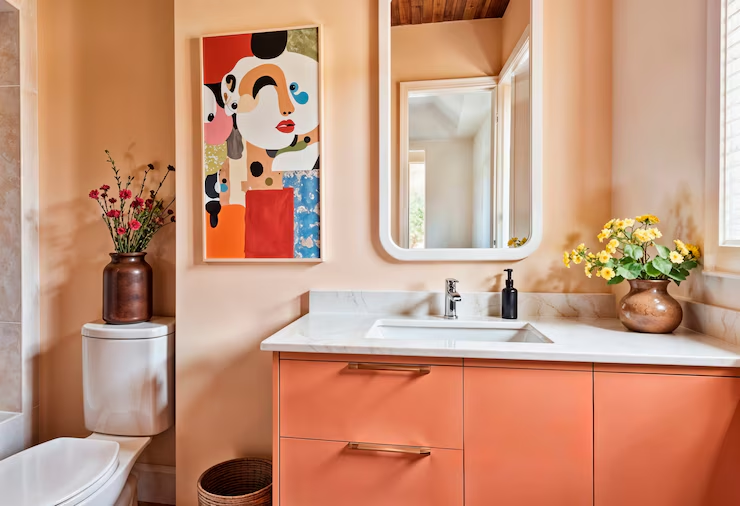
12 Half-Bath Ideas That Will Change the Game for You
A half-bath, also known as a powder room or guest bathroom, might be one of the smallest spaces in your home, but you shouldn’t let

A half-bath, also known as a powder room or guest bathroom, might be one of the smallest spaces in your home, but you shouldn’t let
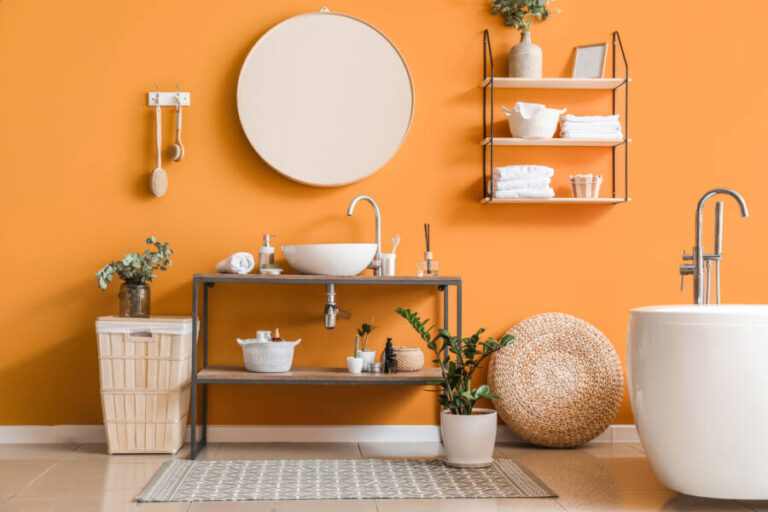
Avoid these bathroom cleaning mistakes if you want your space to shine! Most folks think that they know how to clean their bathrooms properly. After

In today’s fast-paced and unpredictable environment, protecting your home and belongings is more important than ever. Renter’s insurance serves as an essential safety net for

When we imagine desert landscapes, our minds seem to conjure images of vast and empty plains, endless stretches of sand, or rolling dunes. However, some

Each home style has a specific aesthetic that can be easily accentuated with the right landscaping choices. Some depend on color, sure, while others simply
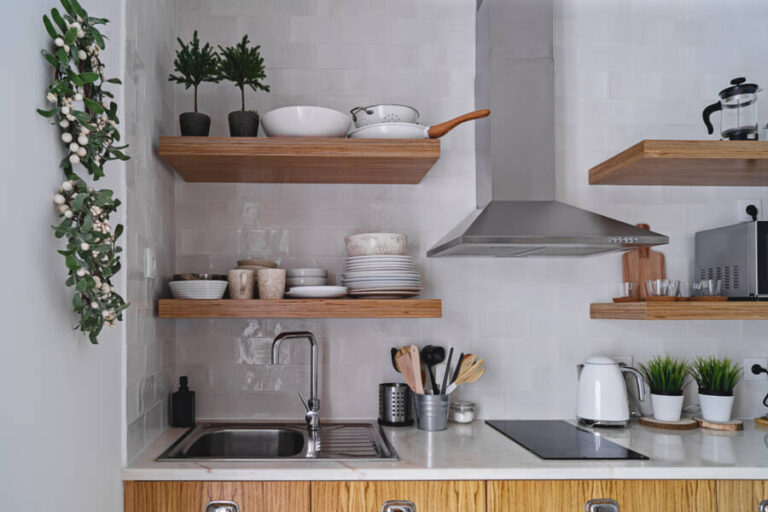
No Kitchen Space? Don’t Have to Worry! If you’re like me, you’ve got tons of kitchen stuff. Now, it’s easy for clutter to take up
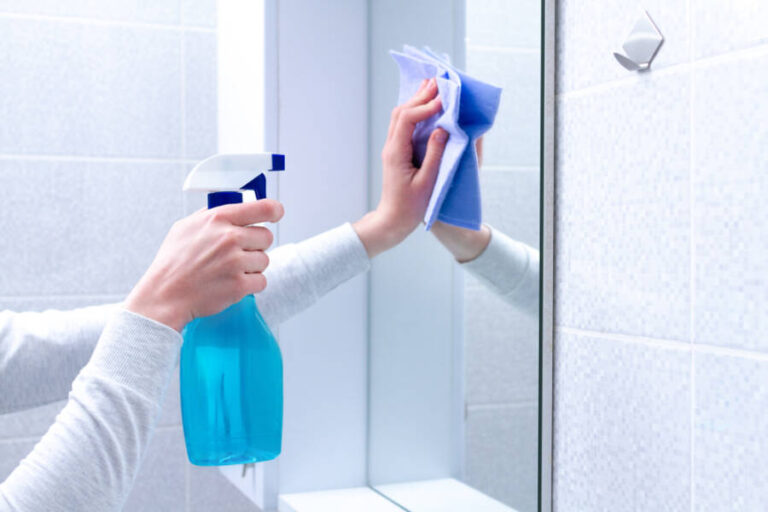
These forgotten cleaning tips worked wonders in the past! Cleaning our homes nowadays usually seems like a pretty high-tech affair. We’ve got steam mops, robot
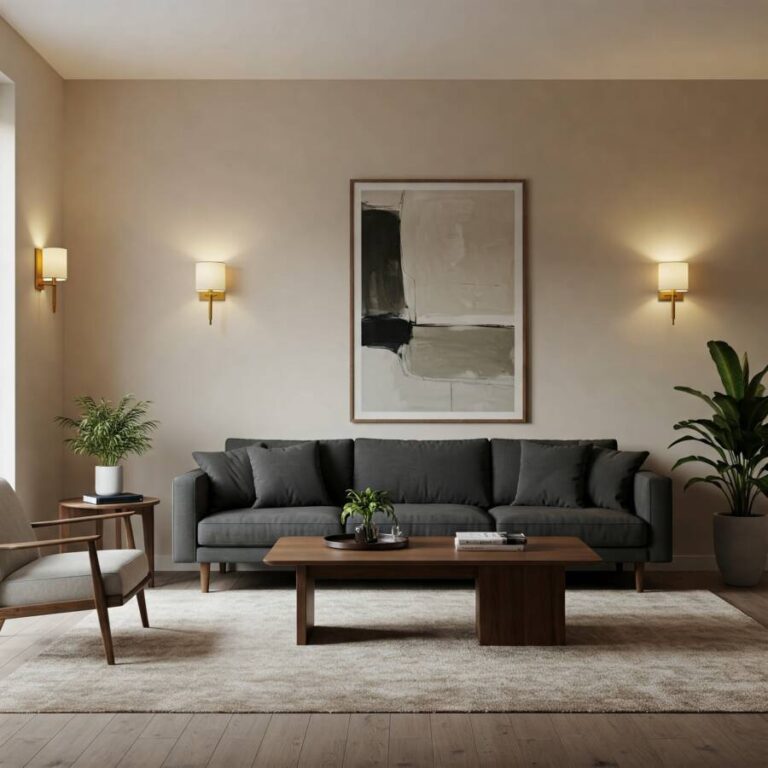
If you’re in the mood for a quick yet stunning makeover, you must give these budget-friendly home upgrades a try! You surely want to live

If you want a pop of color in your garden, these are the perfect low-maintenance spring flowers for your space! What better way to welcome

These strategies for smart IKEA shopping will help you steer clear of unnecessary purchases, allowing you to swiftly browse the entire store and leave with
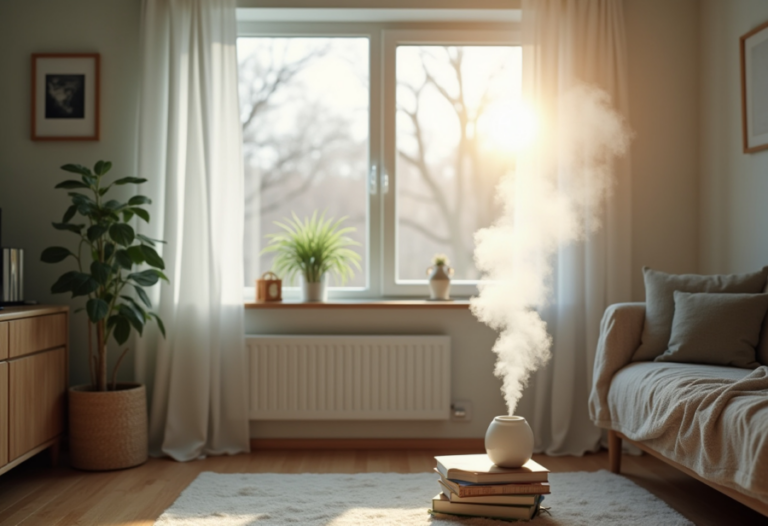
Is the Air You Breathe Indoors Harmful? Discover How to Improve Indoor Air Quality Today! We spend the biggest amount of time in our homes,
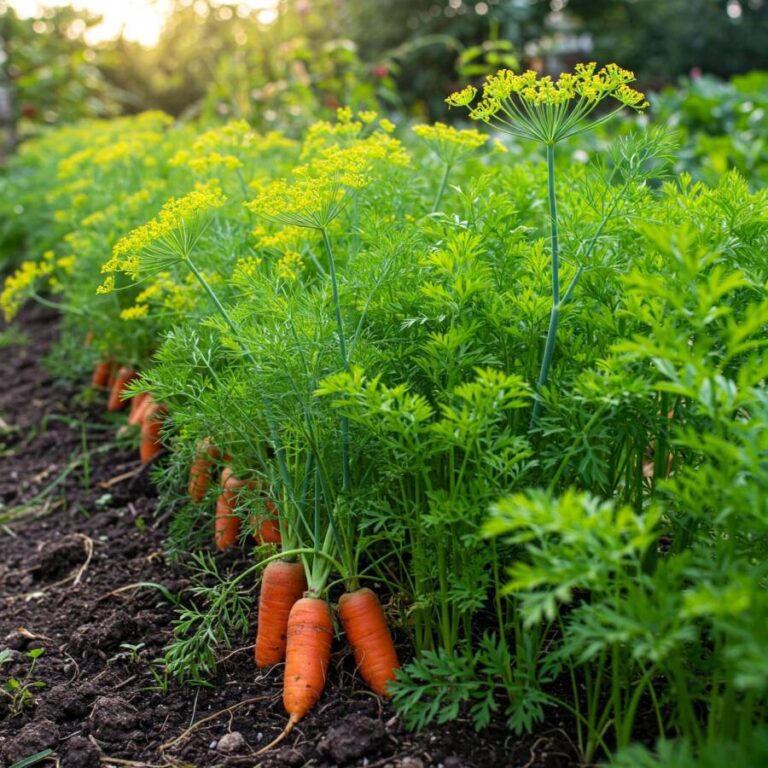
Do you know which plants you should never grow together? As much as you might love to have a garden full of your favorite plants,
theamericanhouse.com is a participant in the Amazon Services LLC Associates Program, an affiliate advertising program designed to provide a means for sites to earn advertising fees by advertising and linking to Amazon.com.
*Amazon and the Amazon logo are trademarks of Amazon.com, Inc., or its affiliates. Additionally, theamericanhouse.com participates in various other affiliate programs, and we sometimes get a commission through purchases made through our links.
eBooks purchased from this website are not eligible for return and refund. If an ebook does not perform as described, you won’t be able to return it for a refund.